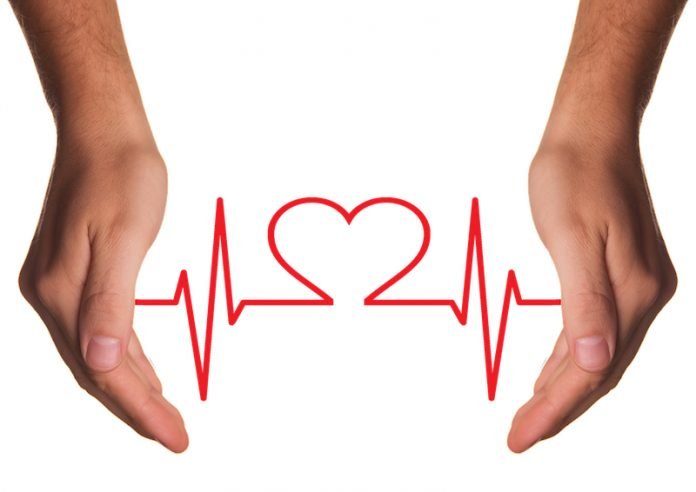
Sudden cardiac arrest is caused by an electrical disturbance in the heart.
The disturbance could lead to a failure of effective pumping and therefore a sudden loss of blood flow in the body.
Patients with the condition may have shortness of breath, fainting, fatigue, dizziness and chest pain.
This condition can occur suddenly without any warning signs and be life-threatening.
Recent studies have shown that several factors can contribute to sudden cardiac arrest:
The first factor is a common high blood pressure drug called nifedipine.
A recent study reported by European Sudden Cardiac Arrest network found that this drug is linked to sudden cardiac arrest.
Researchers analyzed data from 2,503 patients and 10,543 healthy people and found that high-dose (60 mg/day) of nifedipine was linked to a higher risk of sudden cardiac arrest.
They suggest that that doctors and high blood pressure patients need to use the drug more carefully.
The second risk factor is heart rhythm disorders.
One common heart rhythm disorder is ventricular fibrillation, or v-fib. This heart condition can cause the most sudden cardiac arrest cases.
In this condition, the heart’s lower chambers (the ventricles) don’t beat normally. The heart can beat very rapidly and irregularly.
When this occurs, the heart pumps little or no blood to the body. Patients may die within a few minutes if not treated.
The third risk factor is the change in heart structure.
Previous research has shown that changes in the heart’s size or structure may affect its electrical system.
The changes often are caused by high blood pressure, severe heart disease, or heart infections.
The fourth risk factor is coronary heart disease.
In this heart disease, plaque builds up in the coronary arteries that provide oxygen-rich blood to the heart muscles. Plaque can narrow the arteries and reduce blood flow to the heart muscle.
Eventually, an area of plaque can rupture and form a blood clot on the plaque’s surface.
A blood clot can block the flow of oxygen-rich blood to the portion of the heart muscle and lead to a heart attack.
During a heart attack, some heart muscle cells die and scar tissue forms. The scar tissue can damage the heart’s electrical system and contribute to sudden cardiac arrest.
The fifth risk factor is physical stress.
Such physical stress includes severe blood loss, severe lack of oxygen, very low potassium or magnesium levels in the body, and intense physical activity.
These types of stress may harm the heart’s electrical system.
The last risk factor is some inherited diseases.
For example, arrhythmias may lead to cardiac arrest. It could pass from parents to children through genes.
Another inherited disease is long QT syndrome (LQTS). It is a disorder of the heart’s electrical activity. It makes people more likely to have heart rhythm problems.
Copyright © 2019 Knowridge Science Report. All rights reserved.



